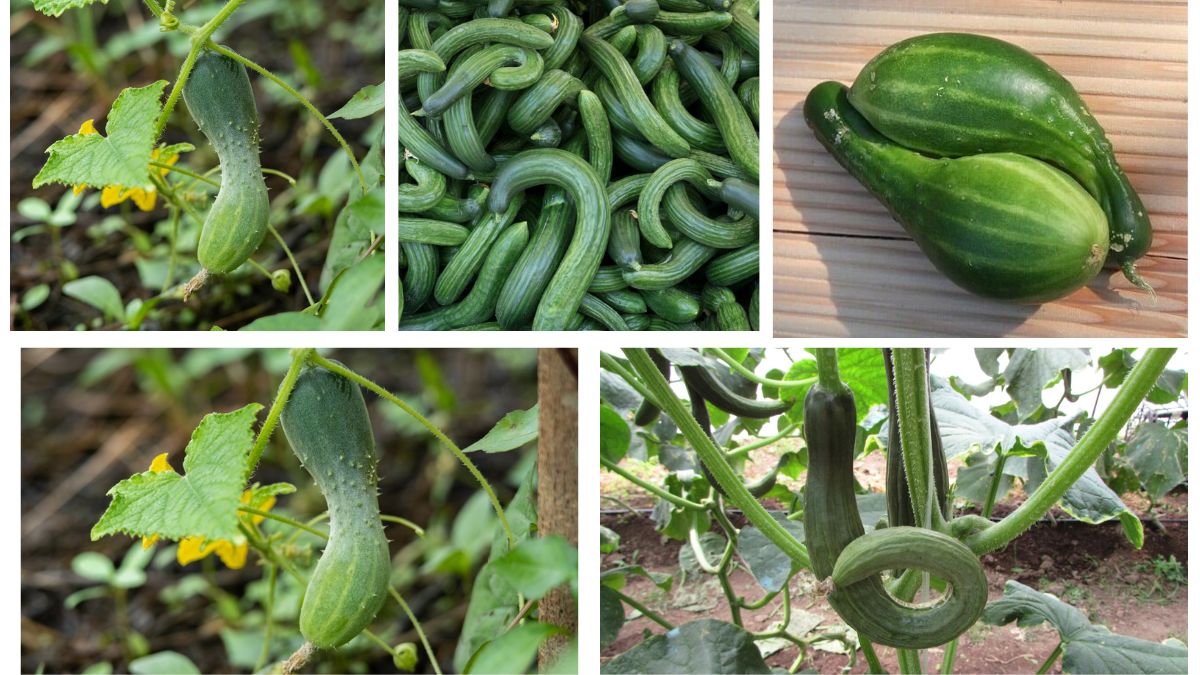Cucumbers are among the most rewarding and refreshing summer vegetables to grow in home gardens. With their crisp texture and mild, cooling flavor, they’re perfect for salads, pickles, and snacking straight off the vine. However, many gardeners encounter a common and frustrating issue — misshapen cucumbers. These can be oddly curved, bulging at one end, stubby, twisted, or even lopsided.
While it’s easy to dismiss these imperfections as harmless quirks of nature, misshapen cucumbers often signal underlying problems with pollination, environmental stress, or cultural practices. Understanding what causes these deformities can help you adjust your growing methods and enjoy consistently straight, healthy cucumbers.
This article explores the most common causes of misshapen cucumbers, how to prevent them, and practical solutions to improve your cucumber harvest.
What Do Misshapen Cucumbers Look Like?
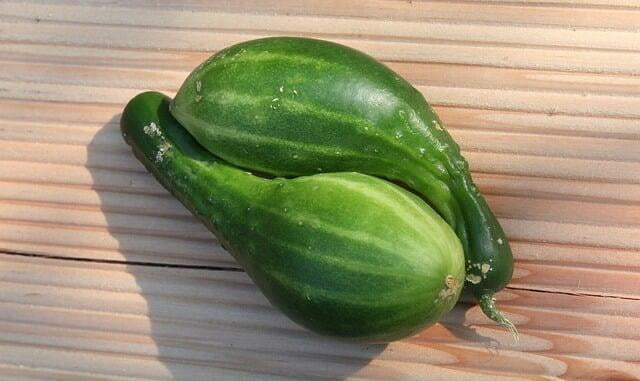
Misshapen cucumbers can take many forms:
- Hooked or C-shaped
- Bulbous at one end and narrow at the other
- Stunted or swollen in the middle
- Curled or twisted along the length
- Short, fat, or oddly elongated
While they’re usually safe to eat, these irregular cucumbers are often tougher, seedier, and less appealing than properly formed fruits.
Common Causes of Misshapen Cucumbers
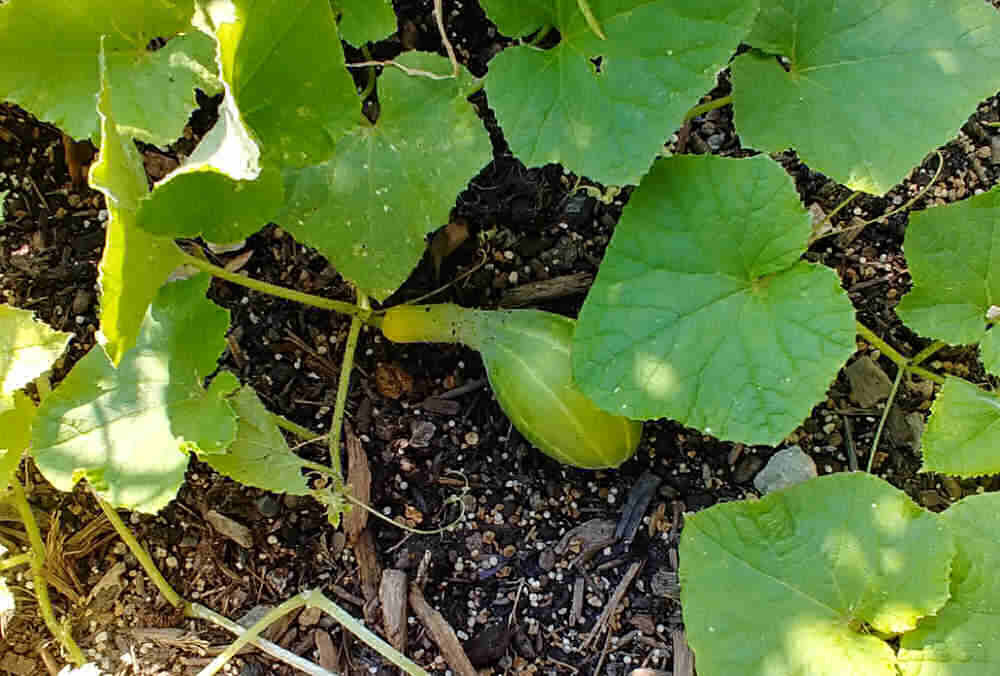
Poor Pollination
Incomplete pollination is the leading cause of misshapen cucumbers. Cucumbers are monoecious plants, meaning they produce both male and female flowers. For a cucumber to develop evenly, pollen from the male flower must reach all parts of the female flower’s stigma.
When pollination is insufficient:
- Only part of the ovary gets fertilized.
- Growth is uneven, resulting in curved or bulbous cucumbers.
Factors affecting pollination:
- Low bee or pollinator activity due to cold, rain, or pesticide use.
- Excessive heat or humidity discouraging pollinators.
- Overcrowded plants limiting airflow and access for insects.
Solution:
- Attract pollinators by planting companion flowers like marigolds, zinnias, or sunflowers nearby.
- Avoid using insecticides during blooming.
- Try hand-pollinating using a small brush or cotton swab to transfer pollen from male to female flowers.
Inconsistent Watering
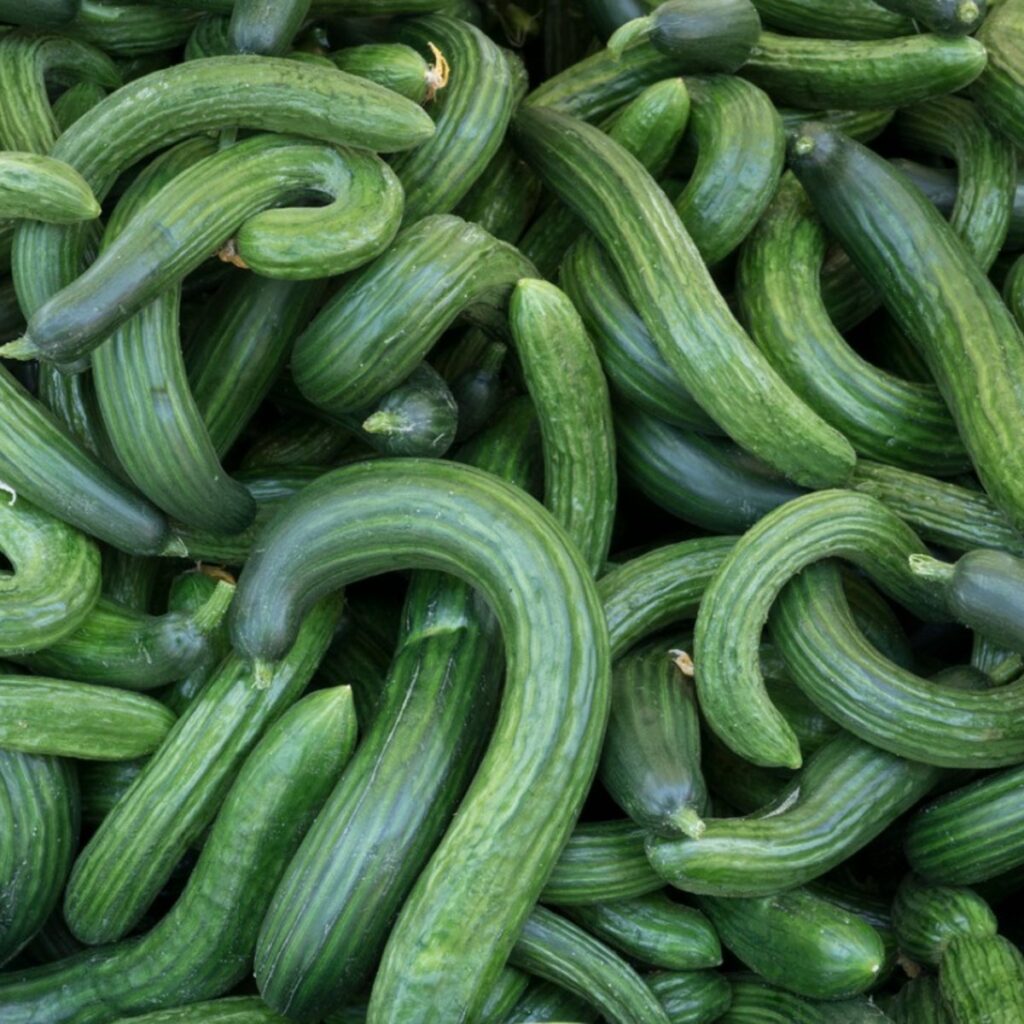
Cucumbers need consistent moisture to grow evenly. Irregular watering — alternating between drought and heavy watering — can stress plants and cause:
- Uneven cell expansion
- Swelling in some areas and stunting in others
- Tough, seedy, or misshapen fruits
Solution:
- Water cucumbers deeply and regularly, about 1–1.5 inches per week.
- Use mulch to retain soil moisture and regulate soil temperature.
- Avoid letting soil dry out completely between waterings.
Temperature Stress
Cucumbers are sensitive to temperature fluctuations. Prolonged heat waves (above 35°C / 95°F) or cold snaps (below 15°C / 60°F) can interfere with flower development, pollination, and fruit formation.
Symptoms of temperature stress:
- Curved or deformed cucumbers
- Flower drop or poor pollination
- Bitter or hollow fruits
Solution:
- Provide shade cloth during extreme heat.
- Mulch soil to stabilize root temperatures.
- Plant cucumbers after the danger of frost has passed and soil temperatures are consistently warm.
Nutrient Imbalance

Excess nitrogen encourages lush foliage at the expense of flower and fruit development, often resulting in irregular cucumbers. A lack of potassium and calcium can also affect fruit shape and quality.
Symptoms of nutrient problems:
- Excessive leaves but few, misshapen fruits
- Pale or yellowing leaves
- Blossom-end rot or stunted growth
Solution:
- Use a balanced fertilizer (5-10-10) or one labeled for vegetables.
- Avoid overusing nitrogen-rich products like fresh manure.
- Apply compost or organic matter to improve soil structure and nutrient availability.
Pest and Disease Damage
Certain pests and diseases can interfere with cucumber growth:
- Aphids or cucumber beetles can damage flowers and stems, affecting pollination and fruit shape.
- Powdery mildew or bacterial wilt stresses plants, producing misshapen, poorly developed cucumbers.
Solution:
- Inspect plants regularly for signs of pests.
- Use natural insect controls like neem oil or insecticidal soap.
- Practice crop rotation and space plants properly for good airflow.
Overcrowding and Poor Airflow
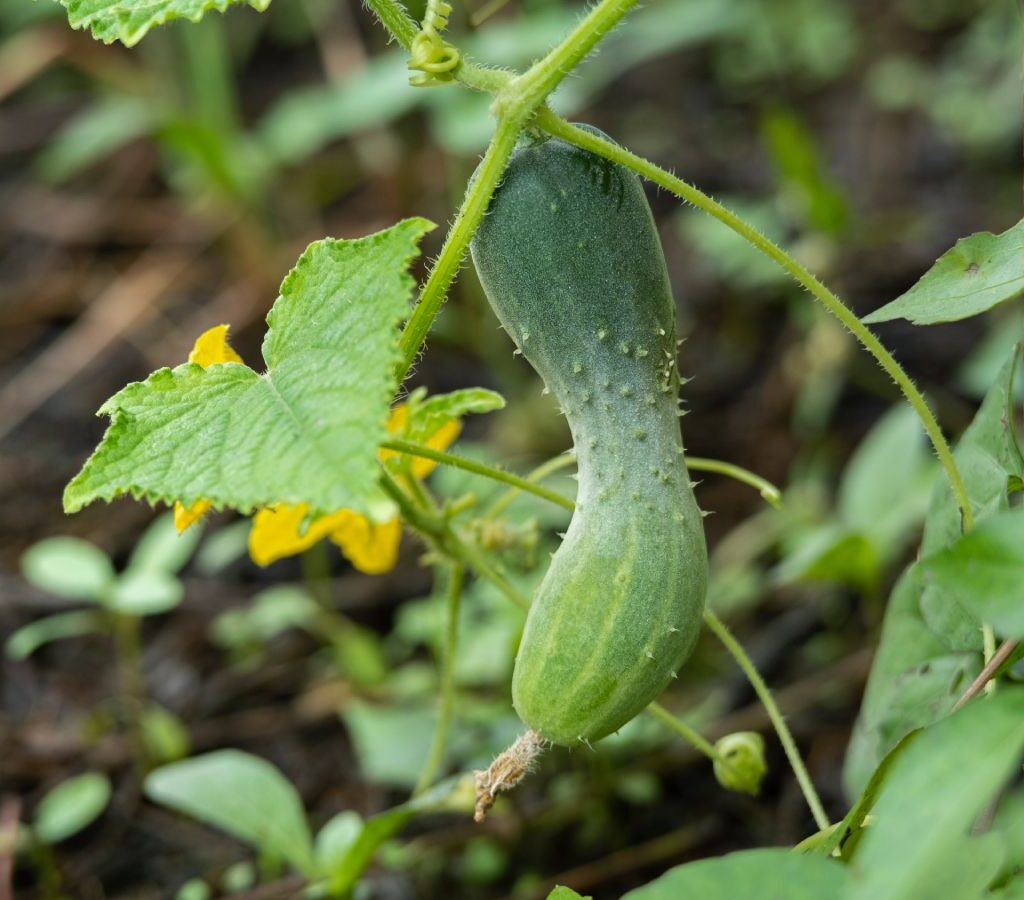
When cucumber plants are grown too closely together:
- Pollinators have limited access to flowers.
- Air circulation decreases, raising humidity and disease risk.
- Fruits compete for light and nutrients, leading to deformities.
Solution:
- Space plants 12–24 inches apart.
- Train vines on a trellis to improve exposure to light and pollinators.
- Prune excessive foliage if plants become too dense.
Quick Troubleshooting Guide
| Problem | Symptoms | Solution |
|---|---|---|
| Poor Pollination | Curved or bulbous fruits | Attract or hand-pollinate flowers |
| Inconsistent Watering | Twisted, stunted, or bitter fruits | Water regularly and mulch soil |
| Temperature Extremes | Deformed, pale, or dropped fruit | Use shade cloth; plant after frost |
| Nutrient Imbalance | Lots of leaves, misshapen fruit | Use balanced vegetable fertilizer |
| Pests/Diseases | Deformed fruit, stunted plants | Control pests; improve air circulation |
| Overcrowding | Irregular fruits, poor pollination | Space plants; trellis vines |
Are Misshapen Cucumbers Safe to Eat?
Yes — misshapen cucumbers are generally safe to eat, though their texture, flavor, or seed content might differ. Some may be:
- Tougher or bitter if stressed by heat or drought.
- Seedier in bulbous areas.
- Less crisp in twisted sections.
Tip: Use odd-shaped cucumbers for pickling, relishes, or cold soups where appearance isn’t a concern.
Tips for Preventing Misshapen Cucumbers
- Plant flowers nearby to attract bees and pollinators.
- Hand-pollinate early in the morning for best results.
- Water consistently and deeply, avoiding dry spells.
- Use mulch to retain moisture and regulate soil temperature.
- Fertilize lightly with a balanced formula.
- Inspect regularly for pests and remove infected leaves.
- Space plants properly and use trellises to promote airflow and pollination.
Conclusion
Why are your cucumbers misshapen?
It usually comes down to a combination of poor pollination, inconsistent watering, temperature stress, nutrient imbalance, pest issues, or overcrowded conditions. Addressing these factors through good gardening practices can dramatically improve cucumber shape, flavor, and yield.
By ensuring your cucumber plants are well-watered, properly fertilized, pollinated, and protected from environmental stress, you’ll enjoy a bountiful harvest of straight, crisp cucumbers ready for salads, pickles, and refreshing summer recipes.
